Branding has become incredibly important these days and one of the most effective forms of branding have been animal logo designs.
What does branding mean in this day and age of social media?
Branding is the way you build your organization’s identity and expression.
Branding creates a look that consumers instantly recognize across multiple platforms. It is the way your company expresses its key values, whether they are selling quality products for home improvement or funding a charity for homeless pets.
Branding also serves to unify everything your organization does under one aesthetic banner. Using branding well means that your packaging and your ads all share a common look and feel, allowing customers to easily tie them together with a glance.
Branding should be a comprehensive aesthetic plan for all your organization’s products and advertising, from letterheads to web banner ads.
A key part of branding is your logo. Logos can be placed on everything, from packaging to conference freebies to ads. A well-designed logo is very important to building your brand and leaving a lasting impact on culture.
It may be the only thing you can use to identify an object or piece of media with your organization, so it should be almost instantaneously recognizable, complex enough to be interesting, but simple enough to mentally process quickly.
An animal logo is a great way to accomplish these important goals of logo design. Animal logo design stretches back into the mists of history. Images of animals have been used to identify individuals and ideas for a very long time.
Most medieval heraldry, especially the most recognizable forms of medieval heraldry, feature animals, usually ones that symbolized courage, strength, compassion, or some other highly valued virtue.
Going back even further, think of the prevalence of animal symbols in Ancient Egypt, where the animals were the symbols of particular gods that ruled over every domain of existence.
You can see animal symbolism—in essence, animal logo design—in every culture across the world and throughout history. An animal logo can carry a lot of meaning, even in a highly simplified form.
Because of this, it’s important to put a lot of thought into your animal logos. Some animals, like eagles, generally have a positive or noble connotation around the world, but others, like pigs or dogs, mean different things in different places, some good, some bad.
Over time, with the use of many similar animal logos, some animal symbols have developed a certain meaning across the globe, like horses have, for instance. Understanding your target audience and the way their culture perceives certain animals is very important for good animal logo design.
This guide to animal logos is here to help you create compelling, effective animal logo designs for your organization. We’ll explore different core concepts, look at some famous animal logos, and look at what different animals mean to different cultures. Good animal logo ideas can go a long way in helping you develop a great brand that sticks with people for years to come.
Good Animal Logo Ideas and Guidelines
Choose the Right Character
Figure out what you want your animal logo to say about your brand. For instance, if you’re trying to sell dietary supplements for serious weightlifters, you want to convey that your product will help them become stronger.
A mouse is probably not the best choice for an animal logo. You should choose an animal associated with strength, like an elephant, tiger, or bear. Animal logos are essentially metaphors. Use lions for royalty, horses for speed, swans for elegance, owls for wisdom, and foxes for intelligence, just to give you a few examples.
Now, if you are clever and good with design, you can figure out a smart way to subvert type. For our dietary supplement example, say your logo is a brawny cartoon mouse instead of a roaring tiger. This can be risky, as it can come across as hokey. The rest of your branding should match.
Sometimes people appreciate the juxtaposition and unexpectedness of this animal logo symbolism subversion, sometimes they just think it’s silly. Researching your target audience and understanding how they think is key here. It’s helpful if your product’s name or history lend themselves to the odd choice of animal logo.
Think Big
Remember that your animal logo will become the symbol of the brand. It should be easy to apply in a wide range of ways. Depending on what you’re selling, you may want to eventually (or even immediately) use the animal in your logo as a mascot.
This could be an animated mascot in ads or even one that involves having someone dress up in a mascot suit at events. Some animals are easier to make appealing this way than others. Swans, for instance, make for very elegant logos, but dressing someone up in a swan costume will most likely just make them look like a white duck.
You should also apply the same sort of thinking to plush animals and toys if that will be a possibility for your branding campaign. Again, some animals are better for this than others. Very few children like plush ants being handed out at major sporting events, though more will be okay with plush butterflies or dogs.
Use the Right Design Style
Should your animal logo be cartoony or detailed? Should it have a sketch-like abstract quality or be more realistic? This all depends on what you want the animal logo to say about your organization. If you’re selling cereal to families, a cartoon style may be the best choice.
If you’re marketing a healthy yogurt to women, an elegant, sketch-like design is probably a better fit. Much like the animal you use in the logo design, the style of the animal logo will say a lot about what your product is about.
Choose the Right Typeface and Colors
Animal logos can be identified without text, but for most of them, the text is a key component of their design. The font you choose to use for this text is very important.
A cartoon dog cereal mascot will go better with a fun and playful typeface, while a tiger on an energy drink looks better with an aggressive one. You can, of course, subvert expectations, as you can with the animal you use in your logo, but this must likewise be done cautiously.
Whatever font you use, make sure it is legible, especially for your brand’s name. Make sure people can see the name and any other important information, like the flavor or brand motto, clearly from a distance.
Color is equally as important. Like animals, colors carry a lot of significance. Red is passionate, while blue is typically calming. Green is associated with nature.
Think though colors carefully and try different color schemes out for your logo to see what works best. If part of your branding is having different colors for different kinds of products—blue for a blueberry flavor, for instance, and yellow for a banana flavor, make sure your logo looks good in or at least on top of these colors.
Always check to see that the color or your logo work well in combination with the design. Some color and design combinations can be unpleasant for some people to look at.
A Look at Successful Animal Logos
Once you start thinking about it, you’ll be able to name all sorts of wildly successful animal logo designs. Most of them are used for brands and products that don’t actually have anything to do with the animals being used or animals at all.
Instead, they communicate ideas quickly and with the right sense of elegance, fun, or emotional power that the brand needs. Let’s take a closer look at some famous animal logos so you can see what makes for good animal logo ideas.
Ferrari: The Prancing Horse
The Old World elegance of the Ferrari logo is hard to miss. One look at it on the front of a sports car and you know that this is a well-made, luxurious, and fast vehicle.
The logo itself is quite simple. It features a prancing black stallion on a yellow background. It originated from Paulina Barracca, the mother of World War I flying ace Francesco Barracca, who died in 1918.
She suggested that Enzo Ferrari, one of the key figures in the company’s founding, that he should sue they prancing horse symbol for good luck on the front of his racecar.
It has remained virtually the same since then and for good reason. The prancing stallion communicated the speed, ferocity, and untamable nature of the cars that Ferrari sells.
Jaguar: The Wild Cat
Jaguar is a British company that creates luxury cars. The company is known for its sophistication and style, making their products highly sought after.
Their famous sleek pouncing jaguar logo was first used in 1945. It’s meant to communicate the company’s core values, the ones that go into all of its car designs: grace, power, and ambition.
A second variation of the logo also exists, a round emblem featuring the face of a jaguar. This is a more recent introduction and is used together with the more well-known pouncing cat logo.
Lamborghini: The Taurus
Lamborghini is often regarded as the rival of fellow Italian car manufacturer Ferrari. Their charging gold bull emblem, highlighted on a black field, bears many resemblances to the Ferrari horse. It conveys power, speed, ambition, masculinity, and strength.
Lamborghini adopted the bull because its founder Ferruccio Lamborghini was both a fan of the Spanish Corrida and also has Taurus as his astrological sign. It is held that he choose the emblem also as a way to promote competition with his rival Ferrari.
Metro-Goldwyn-Mayer: Leo the Lion
The familiar lion of MGM has been in used since 1924, as silent films began to be phased out in favor of the “talkies”. The company has used the footage of many individual lions for their titles. The current footage of the lion Leo has been in use since 1957, the longest of them all.
MGM’s lion is all over anything associated with them, including their Las Vegas casino, where two massive lions sit outside the main entrance. It communicates power and nobility. The roaring lion instantly grabs your attention and is debatably the most iconic film title image.
Animal Planet: The Elephant (the old logo)
Animal Planet is a spin-off from (and is owned by)the Discovery Channel. It’s a great way to be entertained by animals while learning more about them. It has a huge international following and does quite a bit for conservation.
From the channel’s start in 1996 up until 2008, Animal Planet used an elephant for their logo. Elephants convey dignity, loyalty, strength, and even a sense of intelligent playfulness.
In 2008, they replaced the elephant by switching the M in their name for a number of different animals. Still, the elephant was an incredibly successful logo, lasting 12 years and helping them become incredibly popular.
WWF (World Wildlife Fund or World Wide Fund for Nature): The Panda
The World Wildlife Fund is an organization that works to protect nature around the globe. They have has a panda bear named Chi Chi as their symbol since their founding in 1966. At the time, Chi Chi was the only panda living in the western hemisphere.
Pandas instantly grab your attention, thanks to their coloration and cuteness. They’re a well-known vulnerable species, making a panda animal logo a good fit for an organization that’s all about conservation. Everyone knows, from small children to elderly adults, that pandas are extremely endangered and need our help.
The logo itself is simple and tasteful. Because it is only a black and white image, it is easy to remember and use in many different places. There have been several iterations of it over the years, but they have been quite similar to the original animal logo used in 1966.
Nestle: The Little Nest
Nestle is possibly the largest food and drink company on the planet. It was founded in 1866 by Henri Nestle. The original animal logo, that of a bird tending to its nest and baby chicks, came into use in 1875. This logo became the basis of the one used today.
The first draft of it looked more like a crest and looks little like the familiar one we all know. It has seen several iterations but retained the same core idea over the years. This bird’s nest and caring parent remind people of compassion, safety, and coziness, a great set of values for a food company to convey.
Lacoste: The Crocodile
Lacoste is a French clothing, perfume, and footwear company that was established in 1933. You can find their Croc logo on everything Lacoste makes, including shoes, polos, leather goods, and sportswear.
This famous little emblem comes from a story about Rene Lacoste. He was a tennis player. Ten years before the company was founded, he made a bet with his tennis team’s captain about a crocodile suitcase. If Lacoste had won, he would have been given the brand new suitcase.
He didn’t, but a journalist heard of the bet and referred to Lacoste’s tennis performance as “fighting like a true crocodile” in an article.
This got stuck to Lacoste from then on, becoming a new nickname and a personal symbol, eventually carrying over to his company. Recently, Lacoste replaced their Croc with endangered animals for a limited run of polos where the profits went to conservation.
Twitter: The Bird
Twitter started using the first version of its bluebird mascot in 2010. The current version came into use in 2012. It’s immediately recognizable. If you see the bird, you don’t even need to see the company’s name. You know it’s Twitter. You know that if you click on the little bird logo, you can share the webpage you’re looking at on Twitter.
This animal logo is a very simple, which is part of its effectiveness. It’s a simple, pale blue silhouette of a bird that looks similar to a mountain bluebird. As you can see, you don’t need to create an elaborate animal logo to create a great animal logo.
Animal Logo Symbolism across Cultures
Different cultures use animals in different ways. We are all familiar with the way the lion is used to represent courage, or the swan is used to represent elegance. These images are very common and have become almost universal thanks to our global economy and ease of communication.
However, don’t think you’re caught using the same old animal logos for your brand. Reach out to different cultures to find fresh ideas and a new understanding of symbolism.
This is a great way to find inspiration for animal logo design, especially when it feels like all the great ideas have been done before. Let’s take a look at the way two very different cultures, Celtic and Chinese, regard different animal symbols.
Celtic Animal Symbols
- Snakes and Serpents
Unlike in more traditional uses, the snake is not merely a symbol of danger or deceit in Celtic culture. Instead, snakes and serpent represented the process of creation, including fertility, rebirth, and healing. They also stood for the connection between rivers and seas, as well as the connection between the heavens and the earth.
The Celtic serpent was the protector if the entrance to the Otherworld. It also acted as a companion to the gods. Because snakes shed their skin once a year, they were also considered to symbolize the cyclical nature of life.
The Ouroboros is a particular kind of Celtic serpent. This is the image of a snake holding its own tail in its mouth, often looking like it is eating itself. It was used to symbolize the coiled energy within the earth as well as a symbol of infinity. The Ouroboros is at once a morbid symbol, symbolizing the end of the world, and a symbol of rebirth.
- Horses
Celtic nobles often used the horse as a symbol in battle. These horses were considered the companions of the gods, known for their vitality, speed, beauty, and fertility. They also symbolized healing, rejuvenation, development, and life in motion. A man who could seize the reins of the horse goddesses Macha and Epona was a powerful one who controlled great forces.
Celtic horses also held the same meanings as these goddesses, namely mystery night, and magic. We take the term nightmare from the word mare, a female horse. The Celts thought that nightmares were brought to sleeping people by a mystical horse sent by the goddess’ Mare or Epona.
Horses were both adored and frequently sacrificed by the Celts due to their close relationship to the land. Massive Celtic carvings of horses are found on cliffs and artifacts all over Europe.
- Deer
According to Celtic myths, the deer is the oldest creature in the world. The stag was especially associated with the horned god of hunting and nature, Cernnunos. Does, on the other hand, were associated with woodland goddesses like Flidais and Saba.
Deer were thought to represent abundance, fertility, and renewal. Antlers were often associated with trees. They were used in many druidic ceremonies related to the sowing and harvesting of grain.
White stags were extremely significant, a tradition of symbolism that has survived in many modern stories. These white stags were common in Celtic sagas, poetry, and lore. They came from the Otherworld and would appear before a major change in the lives of the characters in the story
- Hounds
Hounds were very important to the Celts. They were sacred to the faeries of both Scotland and Ireland, making them animals that were very highly regarded. Hounds were faithful protectors and symbols of loyalty, devotion, and unwavering faith- -much as dogs are seen today.
- Wolf
The wild cousin of the hound, the wolf stood for learning and deep intuition. It could also represent strength and ferocity since wolves were real dangers to the Celts throughout Europe. This representation as common in battle.
- Crows and Ravens
Both crows and ravens were associated with death, since they were common sights around occurrences of mass death, such as battlefields.
Ravens, in particular, were used by druids for augury, the ancient form of fortune telling using the flight of birds that was used in several cultures across the world. They were also thought to be Celtic gods incarnate when they flew over battlefields.
- Eagles
In much the way they are seen today, the Celts regarded eagles as symbols of nobility. They also were associated with death.
- Peacocks
Peacocks were regarded as symbols of purity by the Celts.
- Cranes
Cranes were common Celtic symbols. This is because many heroes and deities were turned into cranes. They were seen to represent apparent but not true chance. They were often regarded as signs of punishment for deception.
- Herons
The heron is similar to the crane, but the Celts did not see it as having the same meanings. Herons mate for life and were used on Celtic wedding bands as signs of devotion and commitment.
- Ouzels
More commonly known as the Eurasian blackbird, the ouzel is a kind of thrush known for dark coloration of the males of the species. The Celts regarded it as a protector symbol. It might be small, but it fiercely defended itself and its flock.
- Salmon
The salmon was seen as a symbol of knowledge, thanks to the long journey that they complete over the course of their lives, from freshwater to the ocean and back again. They were also tied to deep emotions and sacred ancient mysteries.
Chinese Animal Symbols
- Butterfly
In Chinese culture, the butterfly represents love, especially young love. They happily float along from flower to flower. They are a symbol of a happy social life for both the young and young at heart. In Chinese legend, the butterfly is often used as a symbol of the undying bond between lovers.
Butterflies are also symbols of Yang energy that can energize people and their loved ones.
- Crab
Crabs are symbols of prosperity and status. This is because the Chinese word referring to a crab shell is a pun on the highest score a candidate could get on the Chinese Imperial Exams. Two crabs together stand for the first and second scores of the Exams.
- Crane (or Heron)
The Crane is held to be the prince of all feathered animals on earth. It is the second most popular Chinese bird symbols, second only to the Phoenix. Cranes are symbols of longevity, thanks to their actual long lifespan. In several legends, spirits ride on cranes. They are also held to carry the souls of the dead to the heavens.
- Goldfish
As their color and name suggest, goldfish are associated with wealth and abundance. They are very popular symbols in Chinese culture.
One of the most popular images used during the Chinese New Year is one of a child holding a goldfish and a lotus flower to bring both wealth and harmony. Goldfish are commonly embroidered on bags and clothing as a way to bring abundance and wealth into your life.
- Horse
The Horse is the seventh animal in the Chinese Zodiac. It stands for loyalty, endurance, and purity to the Buddhist way. It is also used as a symbol of swift advancement in rank and recognition of strength.
- Magpie
The magpie is the Chinese bird of joy. In Chinese culture, it is thought that when a magpie in your house, it brings many reasons for celebration and other happy times. Magpies are used by those who want to settle down since magpies are thought to attract nesting and settling energies. They also attract the joy associated with children and marriage.
- Phoenix
The Phoenix is thought to be the kind of all winged creatures. It is regarded as a symbol of good luck, opportunity, and fortune. It is also a symbol of strength and resilience since it rises from its own ashes to soar to heavenly heights.
Along, the Phoenix is a Yang symbol, due to its association with the four winds and fire energy. When featured with a dragon, it represents Yin energy. The Phoenix is a representative of the five human qualities of good cosmic energy, or Chi: Virtue, Duty, Alignment, Compassion, and Loyalty.
- Rooster
Roosters are symbols of the desire for advancement. The rooster’s crest is called guan, which is a play on the Chinese word meaning government official.
They’re also considered auspicious animals that are capable of warding off evil spirits. In legend, the Heavenly Rooster of Dusu Mountain crowed loudly and made all the other roosters in the world crow along with it. This great wall of sound scared evil spirits away.
- Tiger
The Tiger is a Chinese symbol of dignity, ferocity, sternness, and courage. Used on its own, it is a symbol of Yin energy. It is also a symbol of protection. Tigers are often featured on clothing or as home décor to ward off harm and ensure the people or places are safe.
In certain parts of China and other areas of Asia, the tiger if a god of wealth. The Chinese god of wealth, Tsai Shen Yeh, is shown sitting on a tiger. This image stands for the supremacy of intangible forces and the ability to harness the power the tiger represents in a person’s life.
Ending thoughts on designing an animal logo
Animal logos can be a very helpful form of branding. There is an almost unlimited number of ways to create them. With careful thought, you can create an animal logo that is known across the world for generations.
If you enjoyed reading this article about animal logo designs, you should read these as well:
- Camera Logo Design: Its Usage in Photography Branding
- Monogram Logo Designs: How To Create A Monogram
- Iron Man Logo Designs: The Official And Rejected Versions
The post Animal logo design ideas and guidelines to create one appeared first on Design your way.
Source: https://ift.tt/2k2bJhY
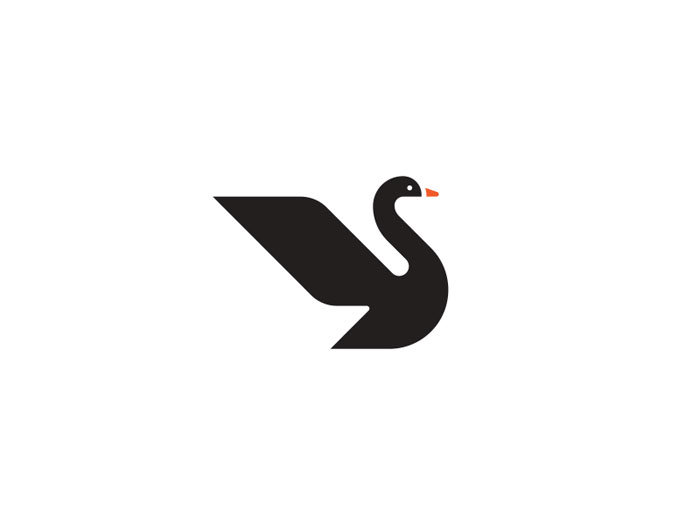
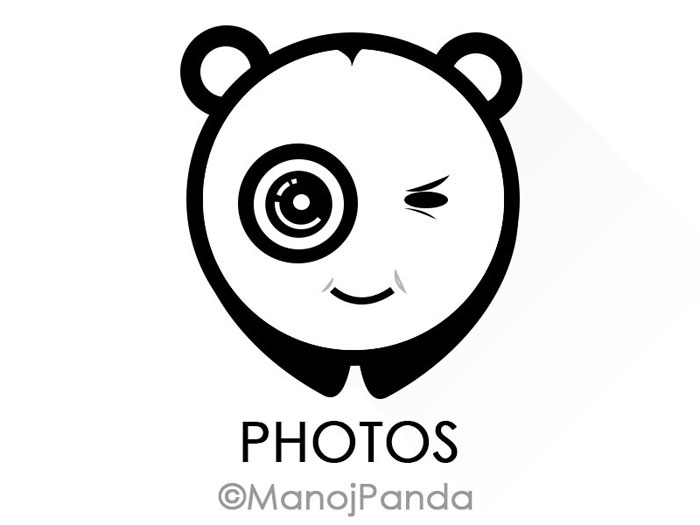
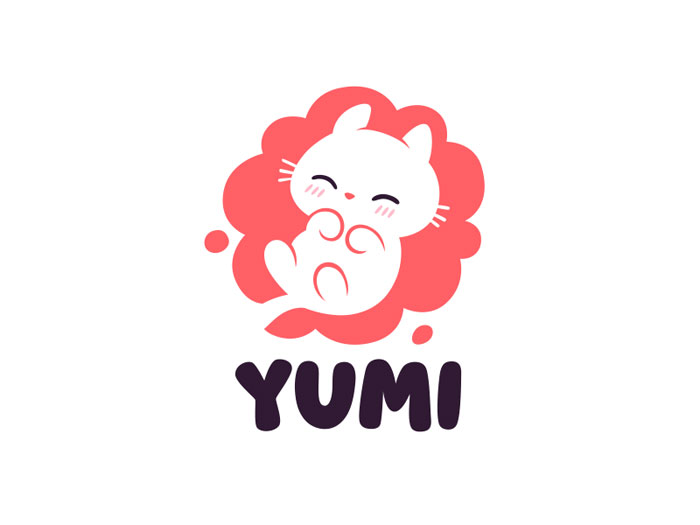
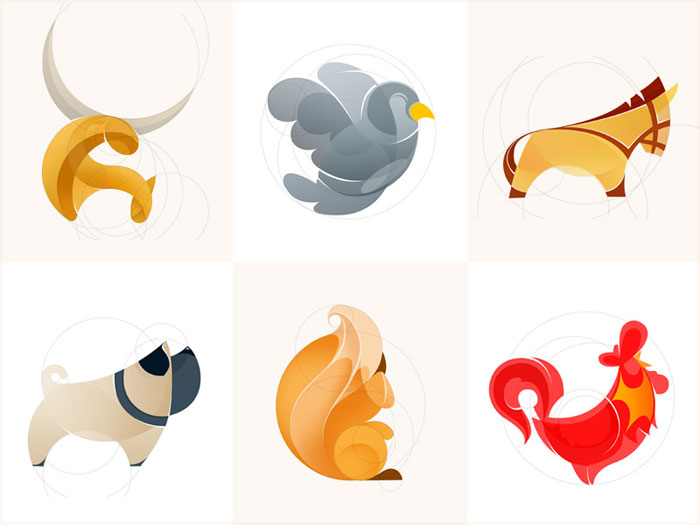
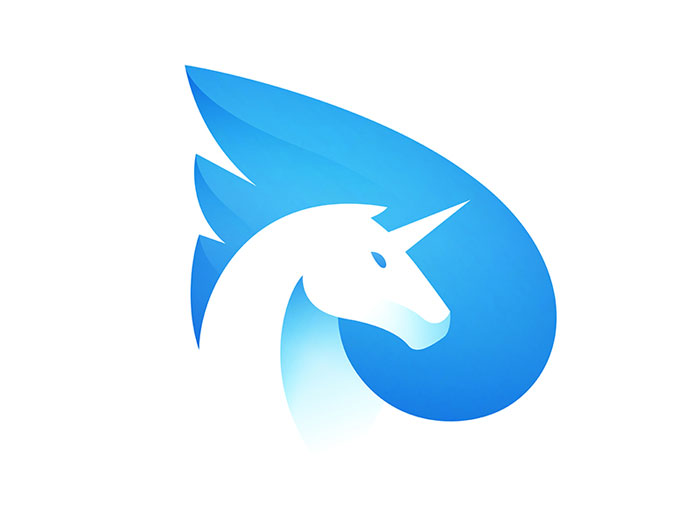
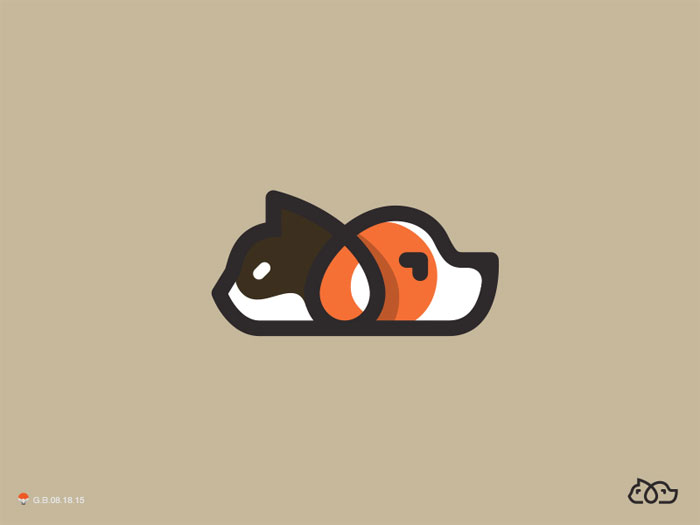
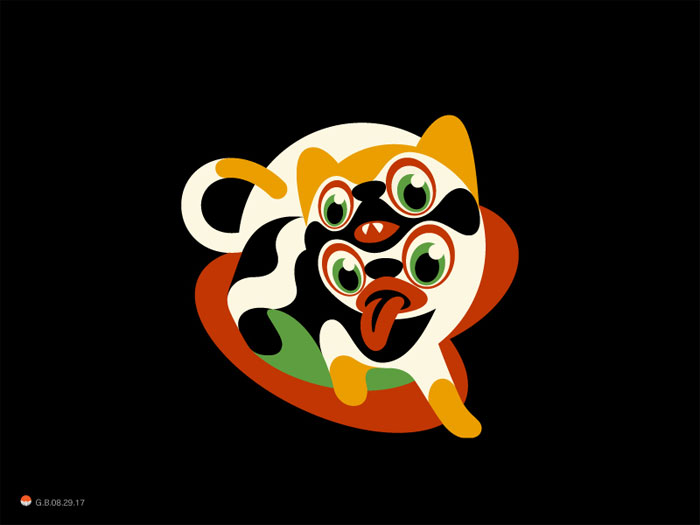










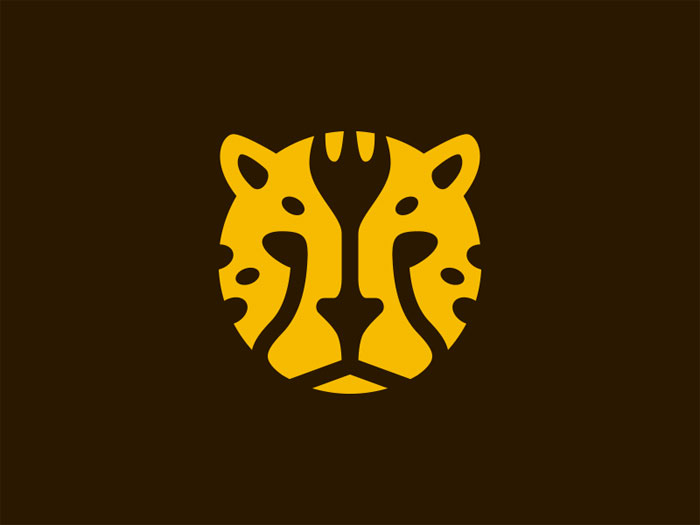

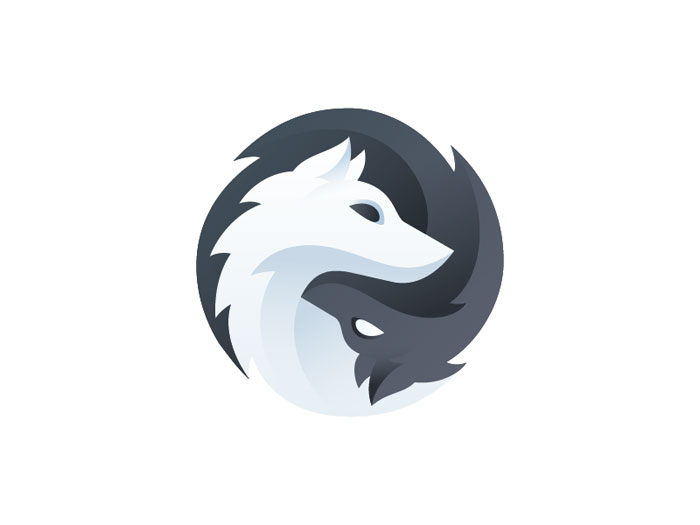
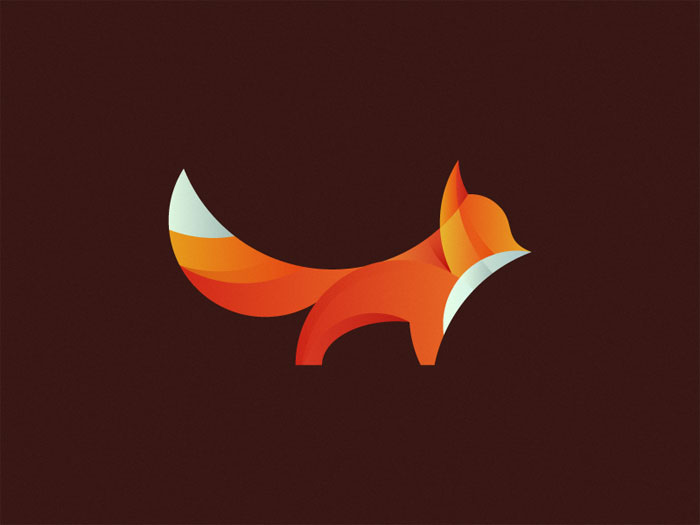


No comments:
Post a Comment